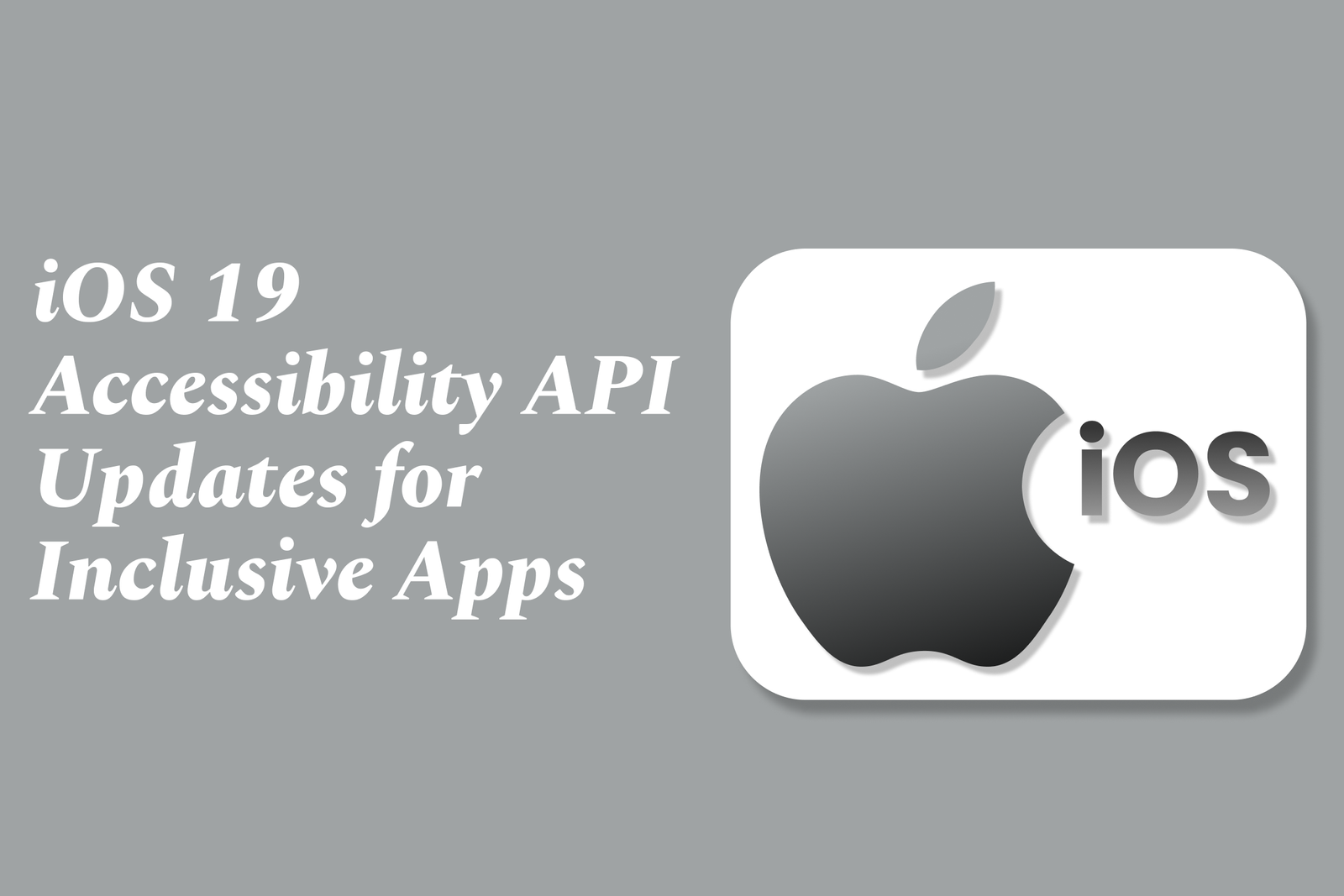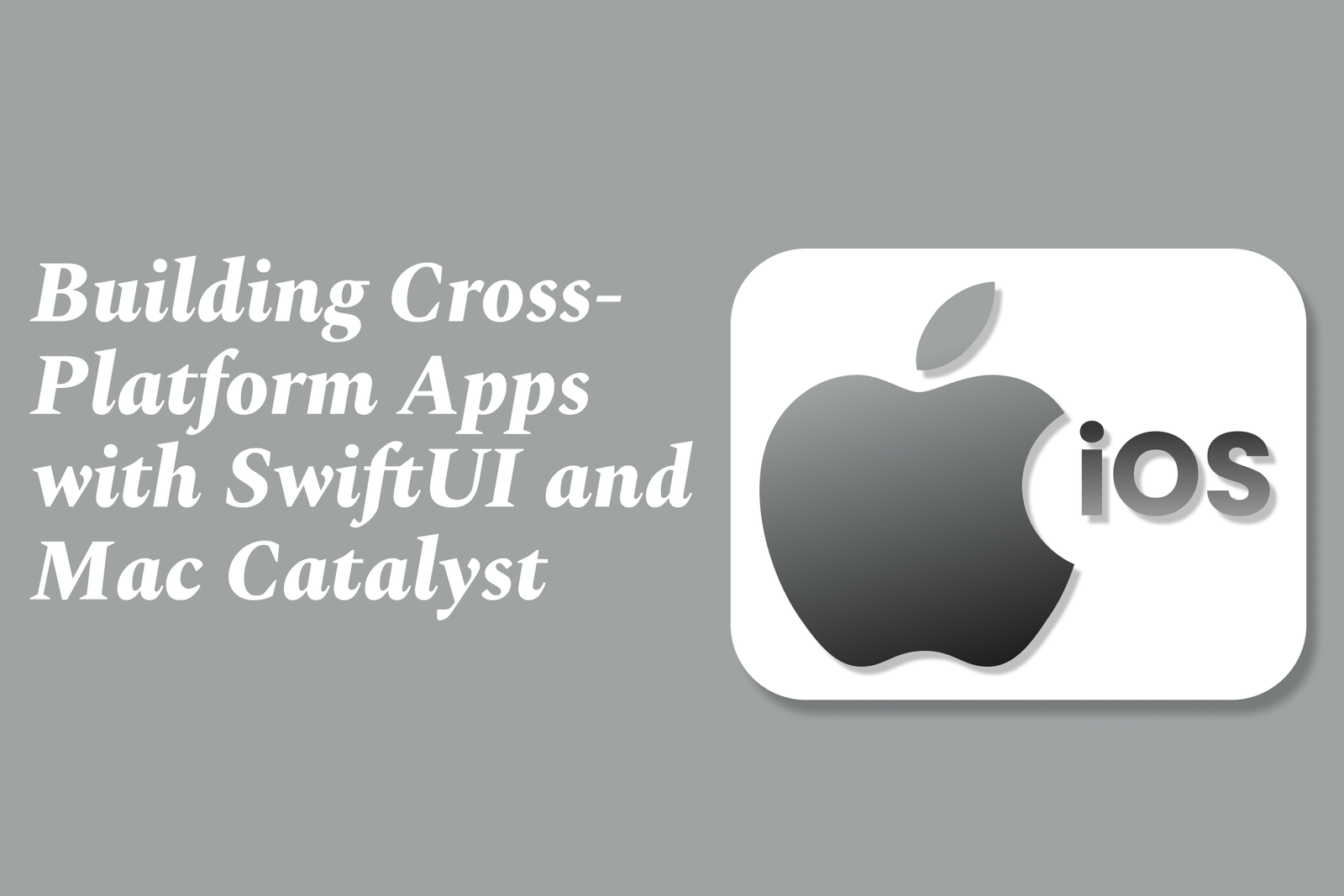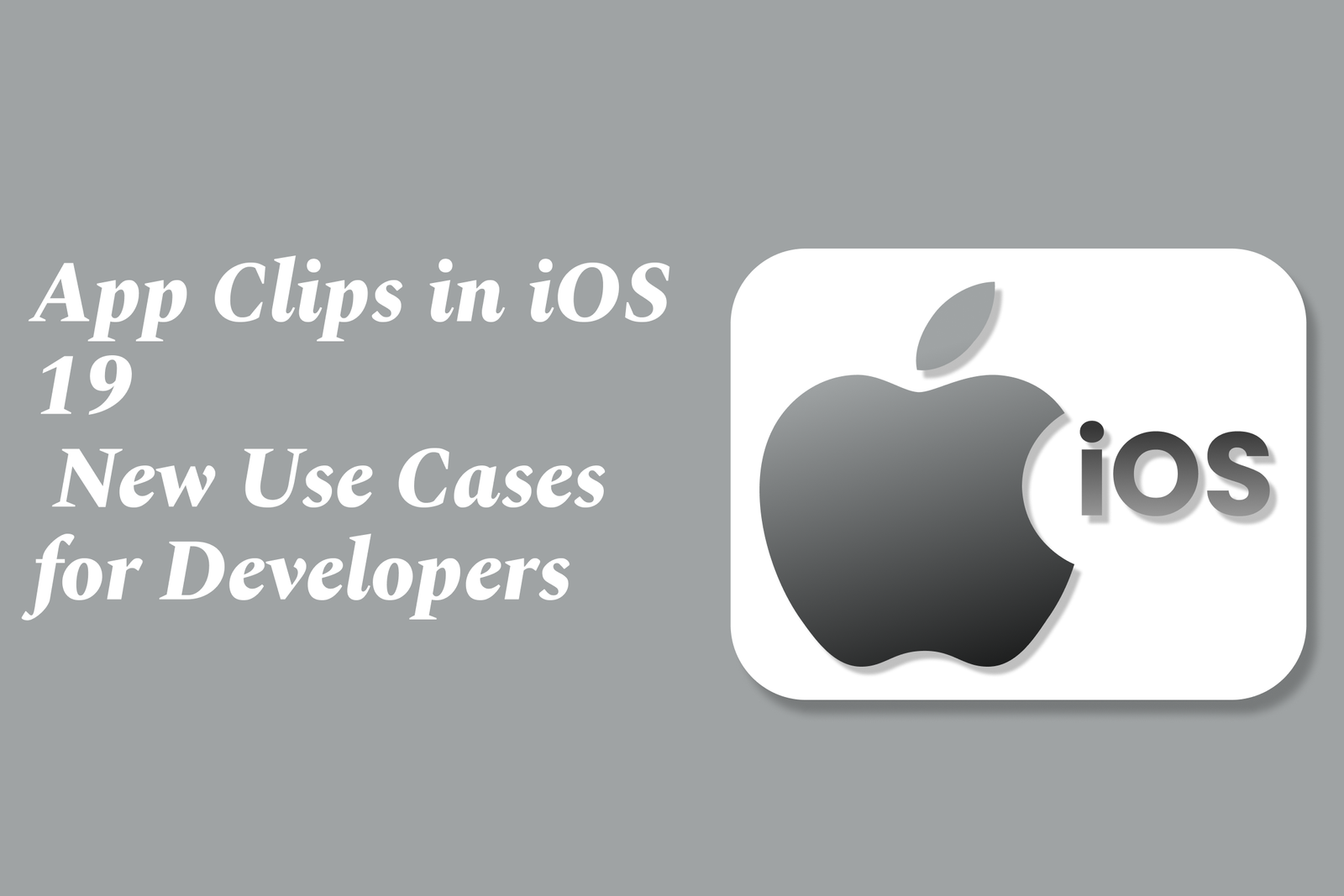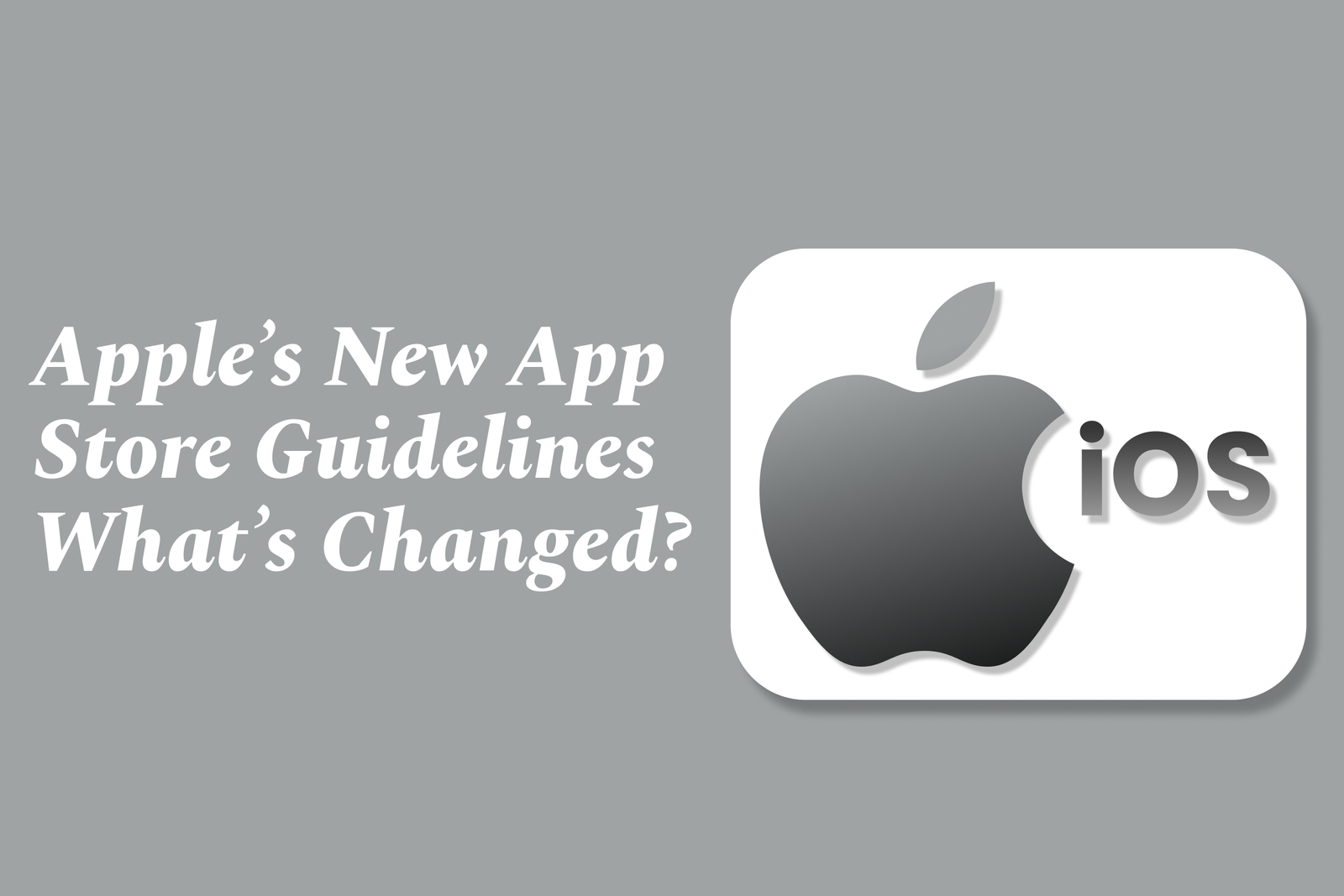Android Security Vulnerability Patches
Android security vulnerability patches are updates released to fix flaws in the system, preventing exploits like privilege escalation, data leaks, and remote code execution. They protect devices by addressing weaknesses in the OS, drivers, and hardware components for enhanced security.
Android security vulnerability patches
1 ) Overview of Recent Android Security Updates
Google has released significant security patches addressing dozens of high severity vulnerabilities in Android systems, focusing on preventing privilege escalations, remote code executions, and information disclosures. The updates cover multiple components, including the Android system, kernel, and hardware drivers.
2 ) June 2025 Android Security Update Highlights
Google patched 34 high severity vulnerabilities in June 2025, with no actively exploited flaws publicly disclosed.
The most critical flaw (CVE 2025 26443 ) affects the Android system and allows local privilege escalation without additional privileges, requiring user interaction for exploitation.
The update includes fixes for vulnerabilities in Android Runtime, framework, and system components.
Additional patches address defects in hardware components from Arm, Imagination Technologies, and Qualcomm.
3 ) Qualcomm Component Vulnerabilities
Three zero day vulnerabilities in Qualcomm components (CVE 2025 21479, CVE 2025 21480, CVE 2025 27038 ) were detailed in a separate advisory.
These memory corruption flaws may be under limited, targeted exploitation as per Google’s Threat Analysis Group.
The Cybersecurity and Infrastructure Security Agency (CISA) has added these weaknesses to its catalog of known exploited vulnerabilities.
4 ) April 2025 Update: Actively Exploited Vulnerabilities
Google patched 62 vulnerabilities in April 2025, including two actively exploited high severity flaws in the USB subcomponent of the kernel:
CVE 2024 53150: Out of bounds flaw causing potential information disclosure.
CVE 2024 53197: Privilege escalation vulnerability.
The vulnerabilities were part of a chain exploited against a Serbian youth activist’s Android device in late 2024, investigated by Amnesty International.
The U.S. CISA mandated federal agencies to apply these patches promptly.
5 ) Scope and Impact
The patches address vulnerabilities that threaten user privacy and device integrity, includinithout requiring user interaction in some cases.
The updates cover core system components, GPU drivers, kernel drivers, and closed source hardware abstraction layers.
Android partners receive different patch levels (e.g., 2025 06 01 and 2025 06 05 ) to address vulnerabilities across various devices.
6 ) Vendor Responses and User Recommendations
Google continuously collaborates with hardware vendors like Qualcomm to identify and mitigate vulnerabilities.
Users are advised to update their Android devices promptly when manufacturers release the patches.
Motorola and other OEMs provide detailed update information on their security web pages, emphasizing continued support for devices within their update lifecycle.
7 ) Security Reporting and Best Practices
Manufacturers encourage researchers and users to report vulnerabilities through official channels to expedite triage and response.
Best practices include regular software updates, cautious user interaction, and awareness of evolving threats targeting Android devices.
Summary:
The latest Android security vulnerability patches represent critical efforts by Google and hardware partners to fortify the platform against privilege escalation and other severe threats. With active exploitations identified in past zero days and ongoing threats in hardware components, timely updates and vigilant security practices remain essential for protecting Android device users worldwide.
https://justacademy.in/news-detail/government-apps-built-using-flutter
w
https://justl/android-app-beta-testing-news
i
https://justacademy.in/news-detail/ui-testing-in-flutter:-what's-new?
a
https://justacademy.in/news-detail/flutter-sdk-updates-in-july-2025
t
https://justacademy.in/news-detail/education-apps-using-flutter-&-dart
ed-swen/ni.ymedaca segelivirp fo noitalacse g
Related Posts
SwiftUI’s new animation APIs enhance flexibility and control, enabling developers to create smoother, more complex animations with improved timing, transitions, and cross-platform support. These updates simplify building dynamic, engaging UIs across Apple’s ecosystem.
iOS 19 Accessibility API updates enhance app inclusivity by offering improved VoiceOver support, advanced gesture recognition, adaptive UI elements, and better integration with assistive devices, enabling developers to create more accessible, user-friendly experiences for everyone.
iOS 19 enhances Dark Mode with deeper blacks, smoother visuals, and improved system consistency. Designers should focus on balanced contrast, readable typography, subtle colors, and seamless Light/Dark transitions to create comfortable, accessible, and visually appealing dark-themed interfaces.
Building cross-platform apps with SwiftUI and Mac Catalyst lets developers create a single codebase that runs seamlessly on iOS, iPadOS, and macOS, combining SwiftUI’s unified UI framework with Mac Catalyst’s ability to bring iPad apps to the Mac efficiently.
Optimizing your iOS app for Apple Silicon Macs involves ensuring native compatibility, adapting the UI for larger screens and input methods, enhancing performance using ARM architecture, leveraging macOS-specific features, and thorough testing to deliver a seamless app experience on Apple’s desktop hardware.
App Clips in iOS 19 are lightweight app modules that launch instantly without full installation, enabling developers to offer quick, context-driven experiences like seamless ordering, payments, and check-ins, enhancing user engagement and boosting app discovery in new real-world scenarios.
Apple’s new TestFlight features simplify beta testing across all Apple devices, enabling developers to easily distribute apps, games, and App Clips to testers without complex setup, supporting automatic updates, device requirements, and broad language options for seamless testing.
iOS 19’s Combine framework update introduces enhanced async handling, improved publisher types, and better integration with SwiftUI, streamlining reactive programming for smoother, more efficient event-driven app development and simplifying asynchronous data flow management.
SwiftData modernizes persistent storage in iOS apps by offering a simpler, Swift-native framework that integrates seamlessly with SwiftUI, reducing boilerplate code and improving data management with declarative syntax, streamlined relationships, and built-in support for cloud syncing.
Apple’s updated App Store Guidelines introduce more detailed age ratings, support alternative app distribution in the EU, and enhance TestFlight beta testing with broader device support and extended testing periods—strengthening app safety, compliance, and developer flexibility.










